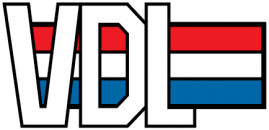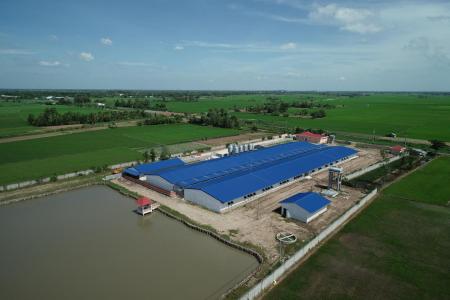"We are extremely satisfied with the VDL feeding system"
Heeswijk Dinther • The Netherlands
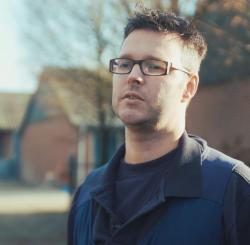
Maurice Voets, sow farm the Heijderhoeve, Heeswijk Dinther, the Netherlands
3,800 sows
De Heijderhoeve has been using the VDL feeding system for decades at their farm. For their new farrowing pens, they also opted for the VDL computer-controlled dry feed system with the latest dispensers.
"We set the feed curve via the computer. Per sow we can determine the dosage. The portion of feed is dosed in a weigher and transported via the feed chain to the dispenser. The dispenser is pulled open pneumatically 3 times a day", explains Maurice.
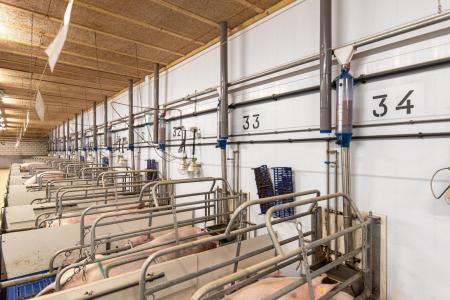
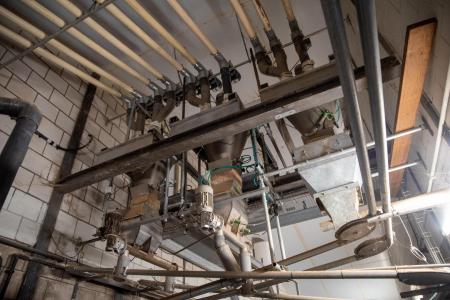
The gestation sows are kept in group housing. The dispensers are set by manual operation and are filled and pulled open once a day. This is done with a pneumatic system manually.
"We can adjust the dosators with the help of the remote control", says Maurice.
"We have many years of good experience with the VDL feeding system. It has always worked well and we are extremely satisfied with it."
Watch the movie here.
De Heus chooses VDL Agrotech for the design of an ultramodern pig farm
Vietnam
Royal De Heus recently opened one of the most state of the art sow farms in Vietnam. The breeding farm is located in the south of Vietnam in the Soc Trang province and is built to produce Topigs/Norsvin parent stock gilts for De Heus customers.
Mr. Diệp Kỉnh Tần - owner of the company - got inspired in the Netherlands to build the modern sow farm. Fred de Cocq - pig expert at Royal Group de Heus - is project manager of this pig farm for the housing of maximum 360 sows.
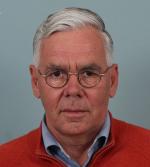
De Heus and VDL Agrotech have collaborated in various projects with excellent results. The preference of De Heus for VDL Agrotech was therefore obvious for the design of this ultramodern GP Soc Trang pig farm. "The VDL Agrotech system is an animal-friendly system that guarantees animal welfare. In addition, as it is an automatic system, it also contributes to a reduction of labor costs," according Fred de Cocq.
The design of the farm
The internal and external biosecurity is of great importance for this farm. To keep the hygiene status at a high level, the farrowing pens are thoroughly cleaned and disinfected every 3 weeks.
Fred de Cocq explains: “We work with an all-in-all-out 3-week system for the weaning piglets. The house is designed and equipped for this system. We inseminate a large group of sows every 3 weeks.
The company consists of:
- 2 farrowing pen sections
- 3 weaned piglet sections
- 1 gestation sow stall in group housing
- 1 insemination stall, the sows are inseminated in a box and then go to the gestation sow stall
- 2 rearing gilts departments, where the gilts stay until they are sold to De Heus customers
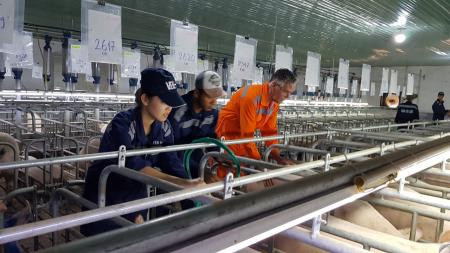
Main components of the pig housing system
The automatic dry feeding system is computer controlled and ensures that every sow receives the correct amount of feed. “Thanks to this automated feeding system, we need less labor and we can monitor every sow, gilt and piglet," says Fred.
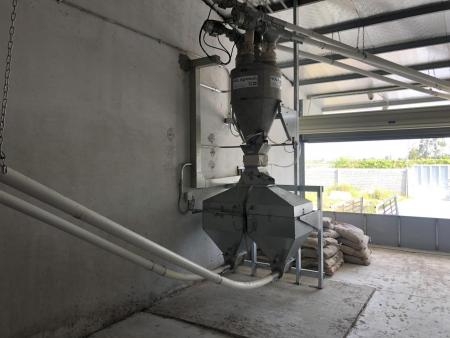
Four modern feeding stations are used for breeding sows. These feeding stations are connected to the internet and can be operated by a smartphone, tablet or laptop. The sow enters the feeding station and is recognized by the transponder. She receives exactly the amount of feed she requires per day. In separate pens, teaser bears are brought to the insemination compartment twice a day to check whether sows are pregnant. The system detects whether a sow is pregnant and transfers this information to the computer. The manager can read this data and will separate the sow on a subsequent visit to the feeding station. With an ultrasonic scanner the manager can determine whether the sow is pregnant or not.
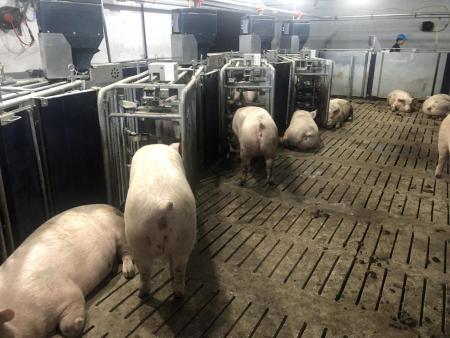
A completely new climate system, specially developed for Southeast Asia, is used to create the optimum living environment, the right temperature, moisture, wind speed etc. The climate adjusts to pigs of every age and every period. The system is controlled by software and the data is synchronized in the cloud, so there can be logged in from anywhere in the world to adjust and control the climate.
What are the benefits of the system?
Besides ensuring animal welfare and a reduction in labor costs, the system offers even more advantages.
- Monitoring biosecurity
Because less manpower is needed, fewer people have access to the farm. The risk of diseases is smaller, which contributes to the biosecurity. This also has a positive effect on the health and productivity of the sows. - Optimal use of performance potential
By checking and optimizing the condition of the sow, the performance potential of the sows is exploited better. - Reduction of feed waste
The feeding system is very accurate, so there is hardly any feed loss during feeding. - Precision feeding
On the basis of body weight, the amount of feed can be determined for the gilts according to individual needs, so that they are in optimum condition when they are brought to the breeding stall. - Optimize the lactation
Underweight of the sows during gestation is detected to minimize excessive weight loss during lactation.
Is the system suitable for Vietnam?
Vietnam is a tropical country with climatic challenges that can be overcome with the VDL Agrotech system. A completely different climate concept can be created for the pigs, which is optimal for sow rearing. The initial investment is high, but so is the return. This is an important step forward for the development of pig farming in Southeast Asia in general and Vietnam in particular.
“For the future of pig farming in Vietnam and Asia, it is important to start thinking innovatively and to invest in facilities and professional breeding systems to produce in a healthy and safe way. This is necessary from the point of view of food safety and biosecurity. That is the purpose of De Heus. The economic benefits are of secondary importance, but these will certainly be there with this system, "says Fred.
Watch the movie here.
Pig project in Belgorod
Land: Rusland
Locatie: Regio Belgorod
Capaciteit: 3750 zeugen, gesloten bedrijf
Kraamhokken met speciale warm water verwarmde platen voor een optimale comfort voor de biggen. Alle hokken kunnen worden aangepast aan de leeftijd en de grootte van het varken. Drachtige zeugen worden deels gehouden in individuele hokken tijdens de eerste dracht en in groepen tijdens de late drachtperiode.
Pig project St. Petersburg
Country: Russia
Location: St. Petersburg region
Breeder site with farrowing, weaner houses and fattener houses
In all the houses, a ventilation ceiling is made of perforated sheets and glass wool
Climate of each room is separately controlled by means of control panel
Pig project in Orel region
Country: Russia
Location: Orel region
Capacity: Breeder site with 4800 sows, weaner and fattener site for the produced pigs
Number of places based on the management of a weekly all-in-all out system
Complete slatted floor in the weaner houses is specially designed for optimal results
Individual crates for mating room with a specially designed door for easy operation during artificial insemination
Pig project in Belarus
Country: Belarus
Location: Minsk region
Capacity: 1.200 parent stock and grand parent stock sows, annual production of 25.000 fatteners
Pig project in Romania
Country: Romania
Location: Bucharest Region
Capacity: 2.000 sows
Ferma Carligu is a complete company with 2.000 sows. The company consists of a breeding department, individual boxes, group pens for pregnant sows, farrowing and piglet department. VDL Agrotech supplied feed systems for all these departments and put into operation. All sows divisions include the VDL Dosator for optimal feed distribution. For the piglets is a computer controlled system comes with the VDL Mixweigher, a central tube feeding system in the hallway and separate tube feeding systems in the various departments that are controlled by pneumatic VDL valves.
Pig project in Russia
Agrofirma Oktjabrjskaja is a flourishing company in the Republic of Mordovija in Russia. The company, with a long history in the poultry business, decided a couple of years ago also to venture in pig production. To achieve their goals, they established a closed pig complex which produces 20.000 fattening pigs a year.The complete company, divided over 2 complexes, has been equipped by VDL Agrotech. The engineering and design have been determined in close co-operation with VDL Agrotech. The scope delivered comprises: - Stall equipment including slatted flooring for the farrowing and weaner compartments - Complete climate control equipment - Heating system - Feeding - Drinking - Manure disposal (slurry) system
The design is tailor made for Oktjabrjskaja and the input of Dutch know-how and equipment shows clearly in the results achieved with Agrofirma Oktjabrjskaja. The complete company, divided over 2 complexes has been equipped by VDL Agrotech. The engineering and design has been determined in close co-operation with VDL Agrotech. The scope delivered comprises: stall equipment including slatted flooring for the farrowing and weaner compartments, complete climate control equipment, heating system, feeding and drinking as well as manure disposal (slurry) system. The design is tailor made for “Oktrjabrjskaja”, the input of Dutch know how and equipment shows clearly in the results achieved with Agrofirma “Oktrjabrjskaja”. Belgorod region
